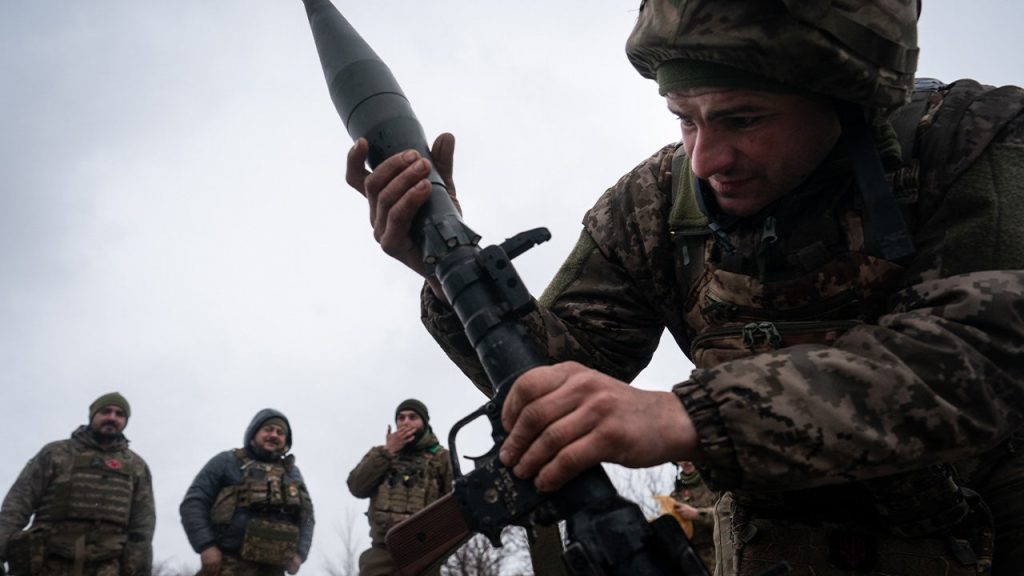The third year of the war in Ukraine witnessed a significant shift in dynamics, marked by escalating costs, expanding geopolitical implications, and evolving battle lines. The conflict, which began in 2022, continued to drain resources, with Ukraine receiving nearly $278 billion in aid, a significant portion coming from the United States. This financial burden coupled with the war’s human cost highlighted the devastating impact of the protracted conflict.
2024 began with heated debates within the US Congress regarding further military aid to Ukraine, exposing divisions within the Republican Party and underscoring Kyiv’s dependence on American support. This debate delayed crucial military supplies, increasing Ukraine’s vulnerability, especially in the east, and fueled frustration among Kyiv, NATO allies, and proponents of continued US involvement. The eventual approval of a $61 billion aid package in April aimed to address these concerns but the debate itself had already impacted the flow of military assistance.
The year 2024 also witnessed a significant expansion of the conflict’s geopolitical dimensions. The war’s impact extended to Asia, with Indo-Pacific rivalries playing out through proxy involvement in Ukraine. Furthermore, the US presidential election loomed large, raising uncertainty about future support for Kyiv, especially in the context of a potential return of Donald Trump to the White House. This uncertainty influenced global perceptions and had a direct impact on alliances and strategies related to the conflict.
The evolving battlefield saw increased intensity and dynamism. While 2023 was characterized by relative stalemate, 2024 witnessed more significant battlefield movements, particularly in the latter half of the year. Russia’s escalated aerial attacks, targeting urban areas in eastern Ukraine, resulted in heavy losses for Moscow, both in terms of casualties and military equipment. Ukraine’s surprise ground incursion into Russia’s Kursk region in August marked a significant escalation, becoming the largest attack on Russian territory since World War II. This bold move aimed to divert Russian forces and strengthen Kyiv’s negotiating position.
The Kursk offensive led to unprecedented international involvement. North Korea deployed troops to support Russia, becoming the first foreign nation to directly participate in the conflict. While Iran had been supplying drones to Russia for years, North Korea’s involvement highlighted the growing internationalization of the war. This development also further exposed the fault lines in the Indo-Pacific region, as Japan and South Korea increased their support for Western allies, viewing the Russia-North Korea alliance as a direct threat. China’s alleged covert military support to Russia further complicated the geopolitical landscape.
As 2024 drew to a close, the war in Ukraine continued to be a major point of global concern. Russia’s persistent attacks on Ukraine’s energy infrastructure, particularly during the Christmas period, underscored Moscow’s brutal winter strategy, causing widespread blackouts and hardship for Ukrainian civilians. The incoming Trump administration’s stated intention to broker peace between Russia and Ukraine, while facing skepticism from Moscow, added another layer of complexity to the conflict’s future trajectory. The conditions for peace, including Ukraine’s potential NATO membership, remained significant points of contention, suggesting that a resolution to the conflict was still a distant prospect.










